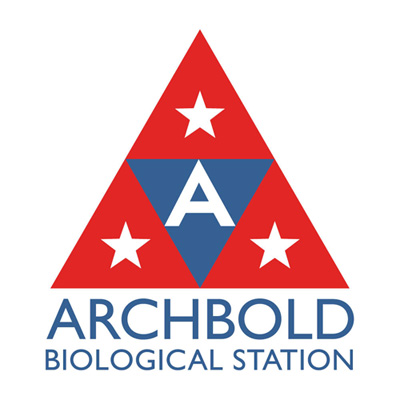
Author: Mark Deyrup
A small black fly sits on a Saw Palmetto blossom sipping nectar. Suddenly, a fine-mesh net scoops up the fly. It will be taken to the Archbold Biological Station insect lab and identified under a microscope. Its association with Saw Palmetto flowers will be added to a huge list of relationships between insects and flowers at the Station.
After decades of pouncing on flower-visiting insects, local scientists see patterns emerging from the massive pile of information. Since all this work was done on the grounds of the Archbold Biological Station, researchers like Archbold Emeritus Entomologist Dr. Mark Deyrup can finally glimpse the complex network of insect-flower relationships that may develop in a single place. Here is just one of the insights from this study.
There is a well-known mutually beneficial relationship between bees and flowers: bees get nectar and pollen, while flowers are fertilized by having their pollen carried from one flower to another so that seeds can form. At the Station, however, bees are not the largest group of insects attracted to flowers. These other visitors include hundreds of species of wasps, flies, beetles, moths, and butterflies. “Many of these insects may be important flower pollinators, but they may also be important in other ways in the community in which they live,” said Deyrup.
The energy that insects get from the nectar of flowers fuels a host of specialized activities. For example, after fueling up on Saw Palmetto nectar a Paper Wasp might zoom off to find a caterpillar that it would chew up into a kind of hamburger to feed its young. A plump Gray Blister Beetle might leave a Palafoxia flower and land on nearby sand to lay eggs that will hatch into larvae that seek out the buried eggs of grasshoppers. A batch of Longhorn Beetles on a Prickly Pear Cactus flower might go on to produce larvae that help recycle rotten wood. A brown and yellow Hover Fly on a Gopher Apple flower might disperse to a recently burned area where its maggots will develop in fire-scorched cactus pads.
The flowers that delight us in Florida’s natural habitats support a complex network of interactions. Deyrup remarked, “Flowers are like gas stations where a parade of insects passes through to tank up on nectar before going off to their various jobs in the surrounding community. Of course, automotive gas stations are seldom so beautiful that poets write odes to them, nor do their Facebook portraits garner loads of ‘likes’.”
To learn more about Archbold insects and their relationships, visit the Archbold Entomology Program page at https://www.archbold-station.org/html/research/entom/entom.html.


Longhorn beetles on a Prickly Pear Cactus flower; these beetles help recycle dead wood. Photo by Nancy Deyrup.
